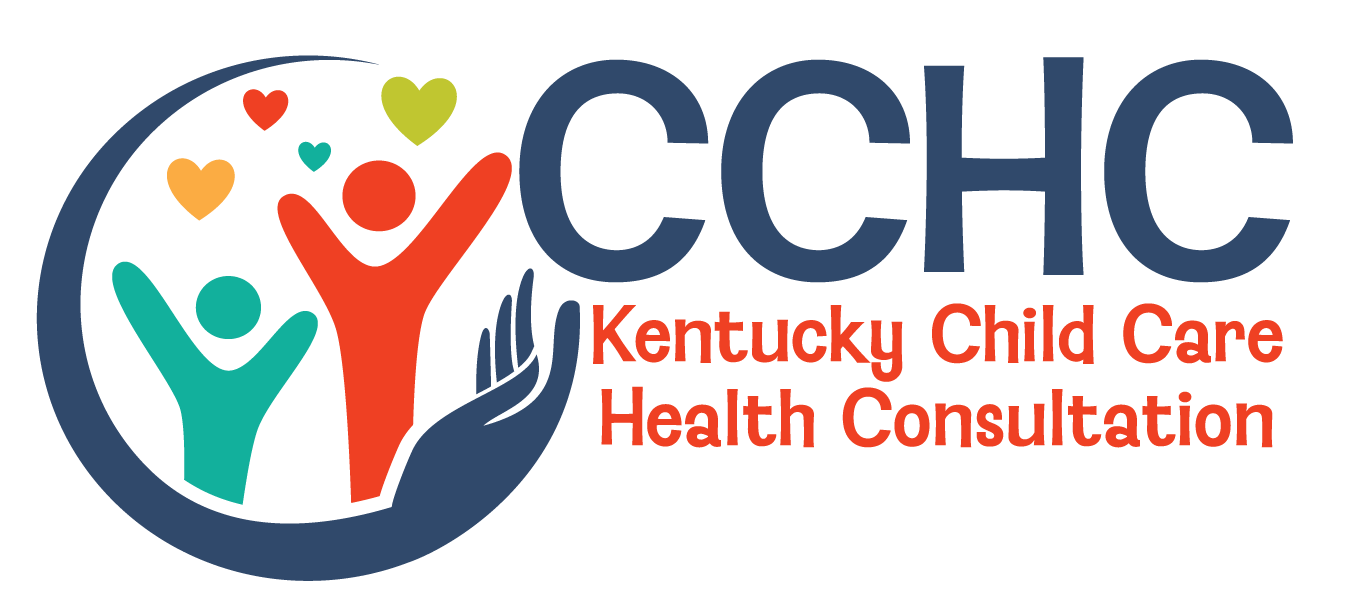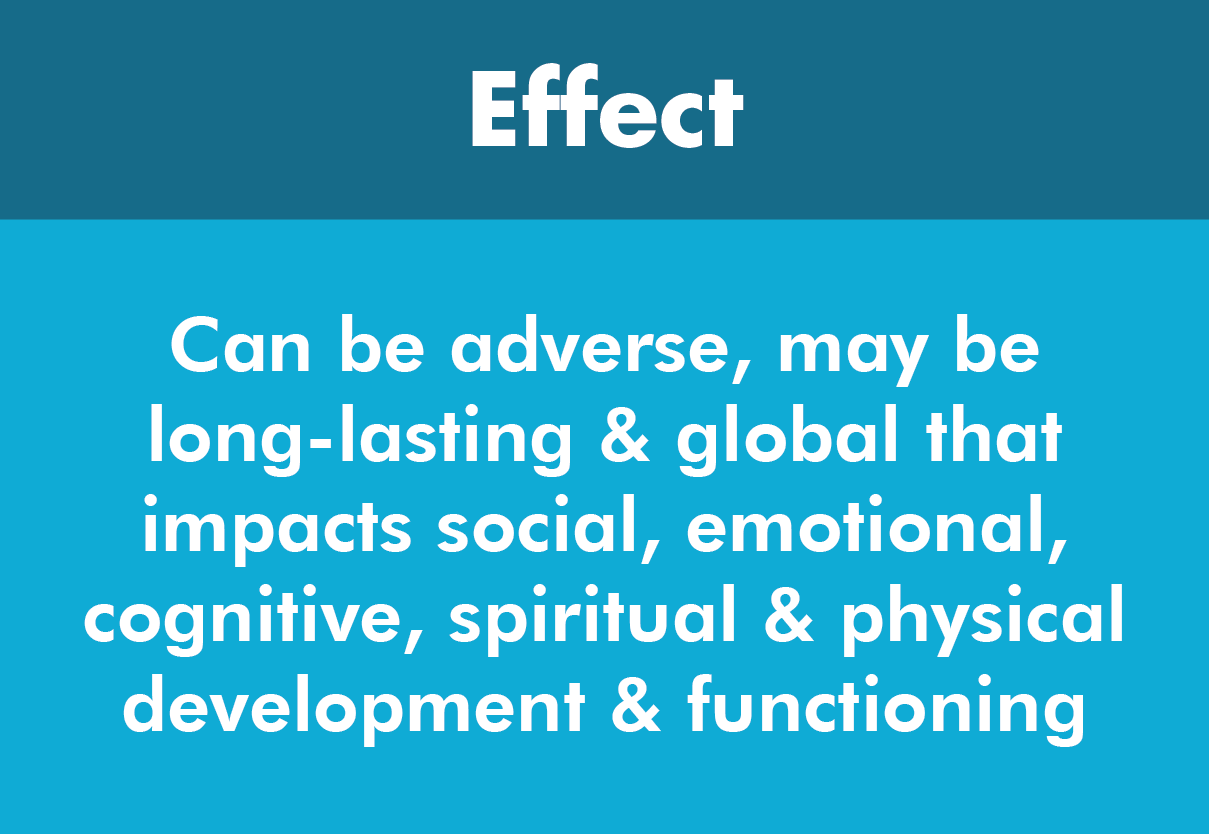Family Thrive is a curriculum under the statewide Kentucky Strengthening Families Initiative to improve healthy development and well-being of children, youth and families in their communities. This training explores the research on how the long-term effects of prolonged exposure to trauma and toxic stress can impact the risk of experiencing poor physical/mental health and negative social consequences later in life. The components of the Family Thrive training will enhance the work you are already doing by teaching individuals how to incorporate Protective Factors daily, while using a strength-based, family-driven approach.
What is Trauma?
The term trauma covers a range of elements: the exposure to an event, the individual experience to that exposure and the effect of that exposure. The experience of trauma is unique to each of us. This explains how the same event can be experienced so differently by different people. This also explains how exposure to the same type of trauma may be experienced differently at different times in our life, even impacting different areas of functioning. There is no right or wrong way to respond to trauma. Adverse Childhood Experiences can lead to trauma.
Different Levels of Stress Impact Our Lives:
The chart below explains the different levels of stress. Toxic stress can lead to trauma.













